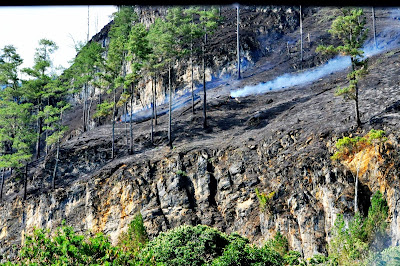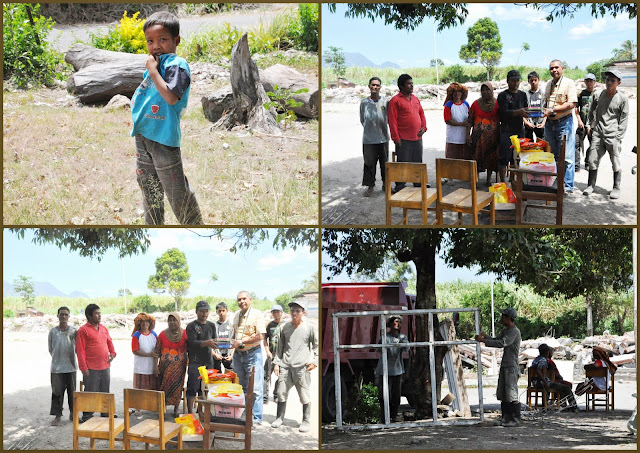| I find it difficult to eat when everything in the restaurant menu is on my table! |
| Small shrimps fried with garlic, shallots and green chilies taste delicious |
We were invited for iftar at a local Aceh restaurant in Banda Aceh. While waiting for iftar, I stared at all the dishes on the dinner table. I'm hungry but there is no way that I could eat all these food! "Do you cook like this at home" I asked Ika. "Oh..no" she replied "but during gathering or any festive occasion, we do cook as many dishes as possible" she continued. I counted the dishes and there were about 20 of them and I was told, there will no charges for the untouched dishes. I wondered, "How would they know that the food is not tempered?" Misbah told us that the restaurant workers would somehow know!
| "Ayam Tangkap" (Catch the chicken) - taste real good |
| Crab in thick spicy sauce |
| Among the dishes served |
 |
| I counted them - about 15 dishes |
 |
| Almost everything on the menu was laid on our table - Banda Aceh |
| Patiently waiting for the iftar time |
| This is our iftar in Takengon |
| From bottom right - Prawn, Chicken and Beef and the potato cutlets |












